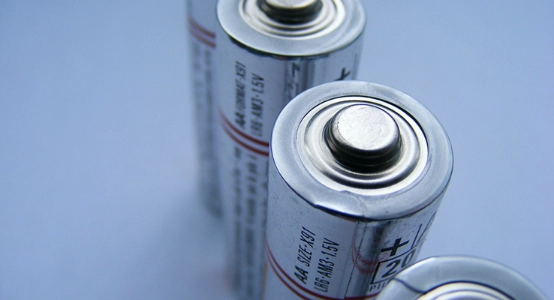
Will Europe’s gigafactories be enough to reach EU’s climate goals?
The chiseling of the combustion engine’s tombstone has already started, its replacement? – Electrification. This is taking place as Europe has set a series of strict climate targets. The question is whether the growing battery industry’s cell capacity will be enough to contribute to the EU’s milestones in the current decade.
In less than 30 years, the EU is targeting to be completely climate neutral. A steep goal with the finish line in 2050 and the biggest effect – or change even – will be in the transport sector. At that point, almost every car, van, bus and newly manufactured heavy vehicle must be emission-free.
But this roadmap, which the European Commission calls its “Sustainable and Smart Mobility Strategy” does not come without a number of different sub-goals. As early as 2030, emissions from passenger cars must be reduced by 55%, and emissions from light vans must be reduced by 50%. The EU also aims to have – at least – 30 million zero-emission vehicles on European roads by that time
At the same time as institutions and governments have set climate goals and targets, car manufacturers have done the same. Some manufacturers aim to produce and sell only electrified cars by 2030, while others aim for a certain percentage of total sales to be electric cars by that time. One of the companies with perhaps one of the most outspoken goals is Volvo Cars – half of the company’s total sales will be electrified by 2025, followed by only fully electric cars in 2030.
One can ask the question “how did we end up here?” There is an argument to be made that the combination of government climate goals and new ways of manufacturing lithium-ion batteries are prime movers for the development during the past decade. Something that has shaken up Europe and created a lot of movement. Another point worthy of bringing up is the words uttered by EU Commissioner Maroš Šefčovič back in 2017; “batteries are critical for competitiveness on the European continent”.
Since then we have seen a large European battery flora grow in just a few years. The number of factories with cell production in Europe is approaching as many as 50; with a total planned production that is estimated to reach a few thousand-gigawatt hours by 2030.
But will this be enough to supply the automotive industry’s production goals? After all, these carmakers' electrified products will be an important part of the EU’s climate targets.
The goal – as stated earlier – is to have at least 30 million zero-emission vehicles on the roads in Europe by 2030. According to the European industry body ACEA (European Automobile Manufacturers Association), the number of newly registered battery electric cars in Europe amounted to 233,413 during the second quarter of this year. This corresponds to an increase of 11.1% compared to the same period last year and made up 9.9% of the total number of new registrations that year.
Evertiq is currently conducting a survey of the European battery industry, investigating whether the planned total cell production in the current decade will be sufficient to supply the passenger car manufacturing industry. And also, will there be enough labor power to make this all possible?
This survey will be presented in its entirety during Evertiq Expo in Tampere on November 30.

